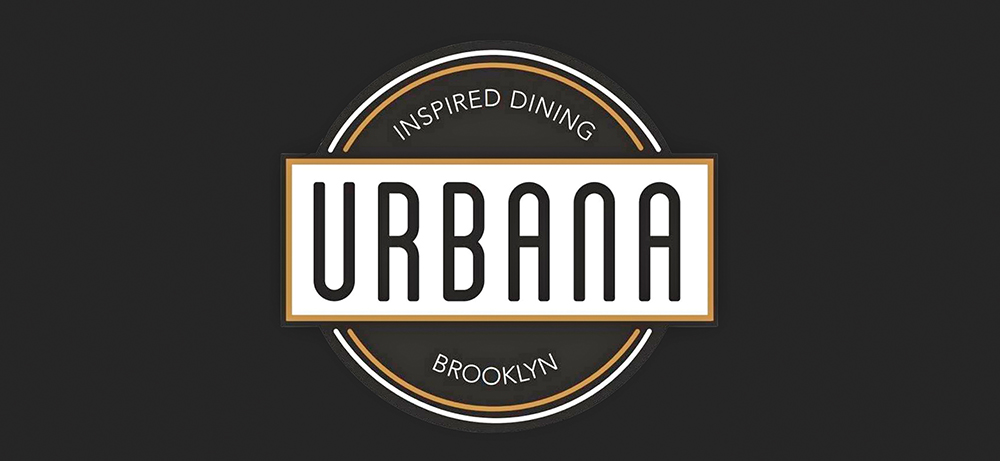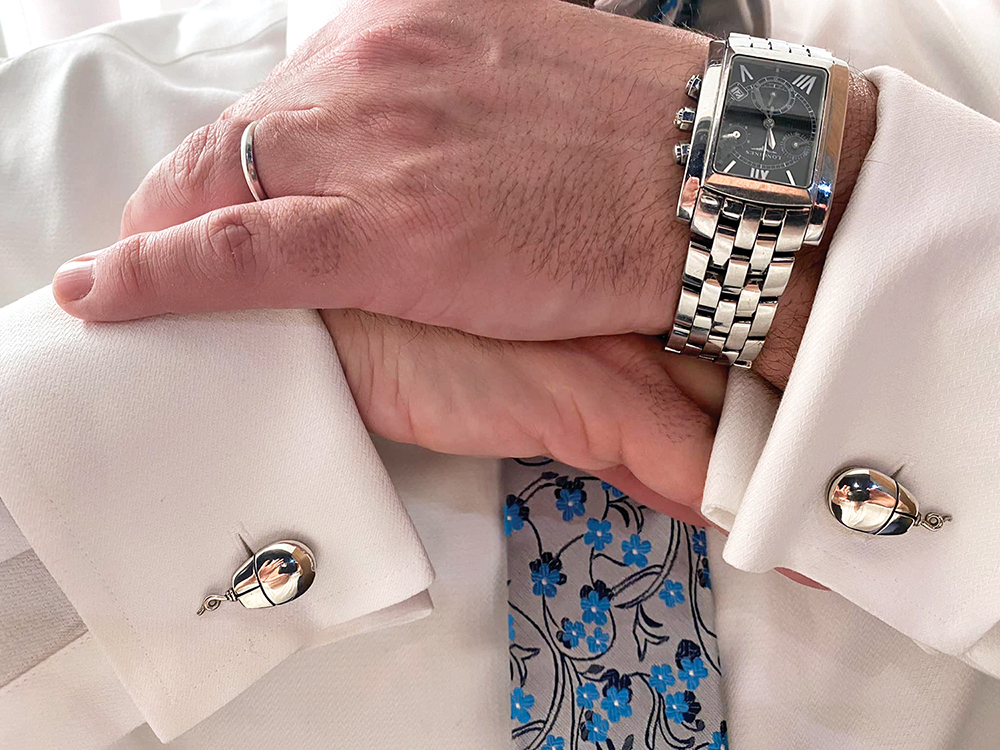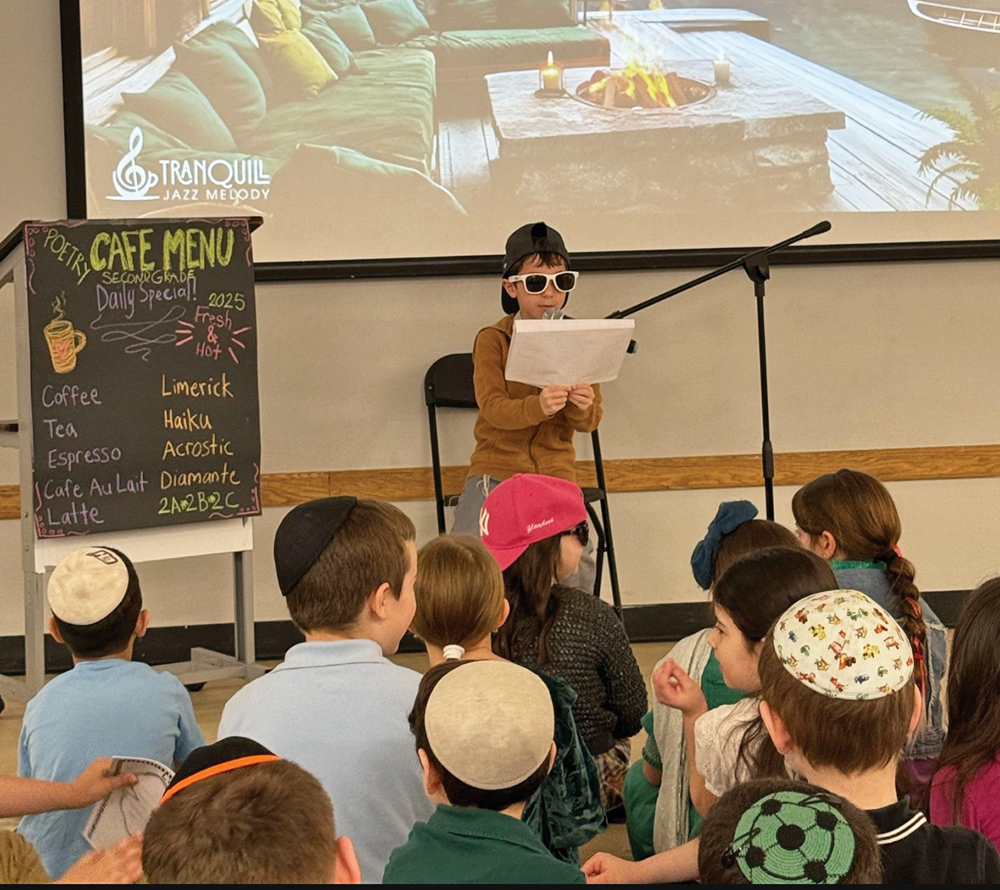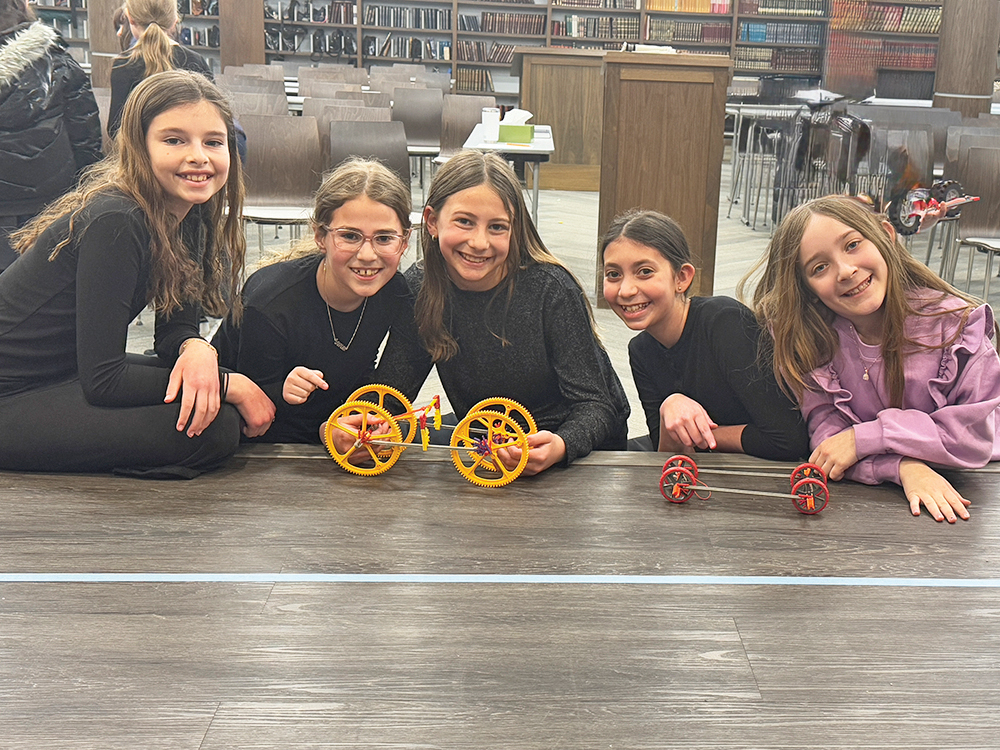It took more than half a century to have a professional staging of “Fiddler on the Roof” in New York in Yiddish. In the intervening years, the show, which had a long run on Broadway, has been produced countless times by professionals and community theaters, as well as schools throughout the world, and in practically every language including Hindi and Japanese. The Japanese Tevye asked Sheldon Harnick, Fiddler’s lyricist, if the play worked in America since “…it’s so Japanese.”
“Fiddler on the Roof,” which was based on Sholom Aleicheim’s character of a beleaguered, loveable dairyman in the Russian Pale of Settlement at the turn of the 20th century, was written with the hope of appealing to general audiences, with Jewish aspects downplayed to appeal to Broadway audiences.
“Wonder of wonders, miracle of miracles” (the title and opening line of one of the show’s songs), “Fiddler on the Roof” became one of the most popular shows in theater history. On any given day, “Fiddler” is being performed somewhere in the world. It’s a winning combination of music, dance and the story of people forced to confront changing attitudes toward traditional values and cultural mores, as well as the humiliation, violence and displacement minorities encounter all too often. Hence, the show’s universal appeal.
It will be interesting to see whether this Yiddish version of the play will also have broad appeal. Based on Shraga Friedman’s translation, a Yiddish “Fiddler” was performed in Israel in 1965 but enjoyed only a short run. Yiddish was not politically correct at the time. The state, still in its teen years, was a typical teenager rebelling against a language that came out of the Diaspora. Tasked with uniting a population of Jews with diverse languages and cultures, there was a need to make the Hebrew language the unifier. Yiddish was the lingua franca of Ashkenazi survivors of the Holocaust and/or the haredim. Both these groups were subjected to derision if not outright contempt by secular Zionists. That began to change after the Six Day War and especially in the aftermath of the Yom Kippur War and Lebanon.
The wonder of having the play performed in Yiddish is enhanced by this very spare production. This is not a Broadway spectacle but theater magic at its best. It’s an intimate experience that is between the performers and the audience in a relatively intimate setting (all seats here are good seats). The set is rather bare, with parchment-like paper banners. The one in the center contains a single word in Hebrew letters: Torah. That, the foundation of Jewish traditions, is what unifies Jews. There are no distractions from the spoken or sung words, which are as resonant today as they would have been when the play was set. The drama and comedy are heightened by the music and dance. The audience immediately becomes thoroughly engaged, even rapt.
Ironically, in this production, as in practically all throughout the world, most of the cast is not Jewish. There were 2,500 submissions and 700 people were auditioned for 26 parts in a language few of them knew. Steven Skybell, the actor who plays Tevye magnificently, is a recent newcomer to Yiddish. Most of the cast does a superior job, especially the dancers under the direction of choreographer Stas Kamiec. The Folksbiene’s artistic director and conductor, Zalman Mlotek, keeps the show humming, figuratively and literally. So many songs have become classics that you’ll want to sing or hum along.
A marvelous entertainment that aroused emotions, this “Fiddler” can also be an entry into profound historical, theological and philosophical discussions and debates. “You’ll laugh, you’ll cry, you’ll kiss your money goodbye,” and you’ll be very glad you did. The cost of a ticket is a small price for such a thrilling and meaningful experience.
But hurry. “Fiddler” is slated to run only through September 2. It can be seen at the Museum of Jewish History, which is home to the National Yiddish Theatre, aka the Folksbiene. Located in Battery Park, the museum is adjacent to a gorgeous garden and commands a phenomenal view of the Hudson River and the Statue of Liberty, as well as Ellis Island, where Jews fleeing pogroms in their all-too-real Anatevkas were welcomed.
MOJH membership is one of the best deals in town. Not only does this museum do exemplary work in educating the public, educators and schools about Judaism and the Holocaust, there are member discounts for theater tickets, garage parking and purchases from its gift store. The museum’s café serves delicious kosher food, and additional tables have been set up to accommodate theater audiences. Also, your theater ticket allows you free access to the museum’s marvelous exhibits on the day of the performance. There’s also a free 15-minute entertaining Yiddish lesson by Motl Didner, the young American associate artistic director of the Folksbiene. It begins 45 minutes prior to curtain time. And if that weren’t dayenu, also entertaining and enlightening is the series of discussions about the play and Sholom Aleichem. Such luminaries as Sheldon Harnick, Joel Grey, Austin Pendleton, and Harvard Professor Ruth Wisse are among the distinguished speakers on the roster. (There’s a $5 charge per talk for non-ticket holders.)
Don’t understand Yiddish? No worries. There are subtitles in English and in Russian. So go in good health and enjoy. Or as they say in Yiddish, geit gezunterheit un hut hanu’eh.
By Barbara Wind
Barbara Wind is the director of the Holocaust Center of Greater MetroWest.













